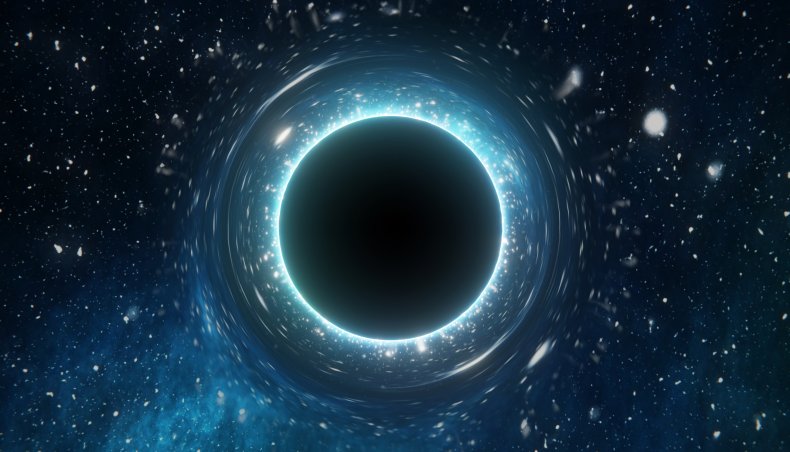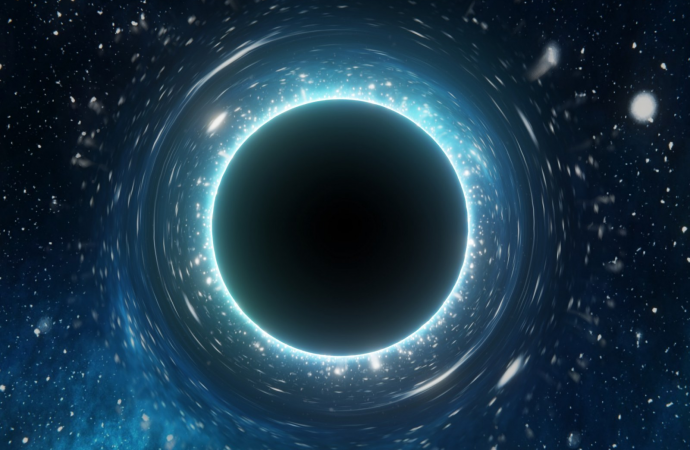A”substantial” number of wandering supermassive black holes probably exists, and they float through galaxies rather than sit at their center, according to a new study.
Source: Newsweek.
Scientists think that supermassive black holes tend to sit at the center of every massive galaxy.
These monstrous objects (that have such powerful gravitational fields that light cannot escape from them) grow because they take in gas and other material that falls through the galaxy and into the center.
Sometimes, however, these black holes end up being offset from the center of galaxies if one galaxy merges with another.
Using a cosmological simulation tool known as Romulus, scientists have predicted that after billion of years some supermassive black holes do not join the galactic nucleus at all, but end up wandering through the galaxy.
Such wandering black holes might actually be quite common.
Using the Romulus simulations, the team, led by Angelo Ricarte at the Center for Astrophysics at Harvard University, found that around ten percent of the mass in black holes might actually be in these wandering individuals.
In addition, the study states that galaxies with a mass similar to that of our own Milky Way galaxy had an average of 12 supermassive black holes wandering around, away from the galactic center, in the simulations.
“Wandering supermassive black holes in the Romulus simulations originate from the centres of destroyed infalling satellite galaxies,” the study states, adding that the simulations predict “a substantial wandering supermassive black hole population”.
The next step for the team is to explore the the observational signatures of these wandering black holes in greater detail.
The study, titled Origins and demographics of wandering black holes, was published in the journal Monthly Notices of the Royal Astronomical Society in March.
This is not the first time that scientists have predicted supermassive black holes might be wandering through space.
Earlier this year, researchers at the Center for Astrophysics at Harvard & Smithsonian identified one black hole in particular that had a motion described as “peculiar”.
The researchers looked at a black hole property known as its maser—a beam of radio emissions they sometimes give off. Studying masers lets scientists know how fast black holes are moving through space.
One black hole, three million times more massive than the sun, stood out from the ten that were initially observed. Located at the center of a galaxy called J0437+2456, the black hole appeared to be moving at a speed of around 110,000 miles per hour within its galaxy.
The team came to two main conclusions. One is that they might have been watching the aftermath of two black holes merging. The other is that the moving black hole may be part of a binary system, in which two orbit one another.
A Harvard press release detailing the findings notes that scientists have had a hard time tracking down wandering black holes so far.

Source: Newsweek

































Leave a Comment
You must be logged in to post a comment.